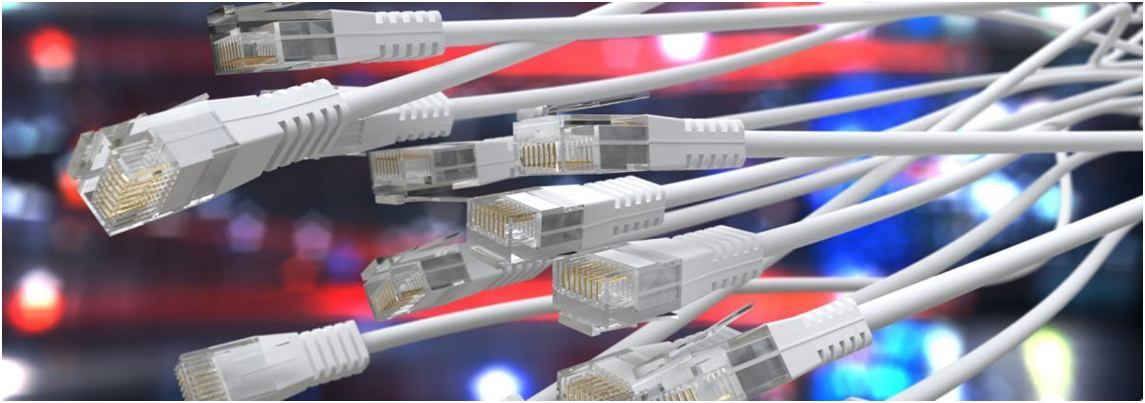 中文 > 资料 > 知识论坛和问答 > 知识论坛 >
中文 > 资料 > 知识论坛和问答 > 知识论坛 > POWER OVER ETHERNET (POE) STANDARDS AND HISTORY

Power over Ethernet Standards, History, and Evolution
What is the difference between 802.3af (PoE 15.4W) vs. 802.3at (PoE+ 25.5W)?
The difference between 802.3af vs. 802.3at (PoE vs. PoE+, respectively) is the amount of power delivered. The 802.3af PoE standard delivers 15.4 Watts to endpoint devices, while the more recent 802.3at PoE standard delivers 25.5 Watts to endpoint devices.
Power Over Ethernet History
802.3af (PoE)
The 802.3af Power over Ethernet standard was introduced in 2003 and would eventually support the initial explosion of IoT devices. 802.3af allowed installers to deliver power and data using one networking solution. It caused a significant increase in the deployment of powered devices (PDs) as there was no need to hire an electrician and a cabling specialist to deploy. Installers used Power over Ethernet networking solutions to provide power and data over a single cable to all manner of PDs.
802.3at (PoE+)
As time went on, device manufacturers created better solutions that required more power to operate. The 15.4 Watts that 802.3af provided was no longer acceptable, which led to a new Power over Ethernet standard. 802.3at was developed, providing up to 25.5 Watts of power to the PD. The increase in power was now able to support more intricate devices, such as cameras with movement motors and wireless access points with increased range.
After the 802.3at Power over Ethernet standard was introduced, organizations and device manufacturers were pushing the limits of technology. Quickly, there was a need for even more power as devices became increasingly complex with additional features and mechanical capabilities. However, the industry and standards development was moving slower than the demand for better standards.
Users continually pushed the limits of existing technology and required additional power to support these systems and devices. We call this period the “wild-wild west” as six competing technologies looked to fill the void. Unfortunately, with no set standards to build upon, these separate technologies did not interoperate with one another.
802.3bt (PoE++ 60W)
Eventually, the industry developed the 802.3bt standard, also known as PoE++. An 802.3bt device delivers 60 Watts of power from the PSE (power sourcing equipment) to ensure 51 Watts to the PD. Industry adoption of 802.3bt was slow as several device manufacturers developed their own technologies during the “wild-wild west” period. Industry players are slowly moving towards the 802.bt standard as it is backward compatible with 802.af and 802.3at, but not all the competing standards developed during this time.
NVT Phybridge & 802.3bt
As with several networking manufacturers, NVT Phybridge started developing high-wattage PoE technology during the “wild-wild west” period when there was no standard to adhere to. Our goal was to support the highest number of endpoint devices from the six competing methodologies as possible. However, with little cooperation and interoperability available at the time, not all devices were interoperable. Thankfully, the industry has agreed that 802.3bt is the future, and all players, including NVT Phybridge, are working towards its adoption.
Looking for more detailed information? Click here to see our Complete Guide to Power over Ethernet!
Communication Standards Used in NVT Phybridge Technology
For over ten years, NVT Phybridge has led the industry in long-reach Ethernet innovation. Today, our large portfolio of solutions allows customers to leverage new or existing cabling to support Ethernet and PoE requirements. Our solutions are built upon two underlying technologies, HomePlug and BroadR-Reach, which allow us to offer the best long-reach protocols available on the market.
Standardization of technology allows industries to scale and grow without worrying about the compatibility of their devices. The IEEE 802.3 Ethernet standard has allowed the market to propel the adoption of Ethernet networks all over the world. All NVT Phybridge products, regardless of the underlying technology, are fully compliant with IEEE 802.3 Ethernet standards.
What is ETSI TS 105 176-2 HomePlug
We are actively pursuing the standardization of core technologies used in the long-reach Ethernet space. HomePlug is currently being standardized (ETSI TS 105 176-2) across the industry using the PowerEOC Alliance. We are an active member of this group and have achieved standardization certification for our solutions running HomePlug technology. We’ve earned this certification, and our products using this technology are fully compatible.
What is IEEE 802.3cg
Ethernet Alliance has introduced the IEEE 802.3cg-2019 standard (also known as 10Base-T1L). NVT Phybridge was one of the first to adopt and use Broadcom BroadR-Reach technology in its products. As a result, we have helped develop this new standard based on this technology. We are currently testing IEEE 802.3cg to make sure it meets our customers’ needs and will look to adopt this technology ourselves in the future.


